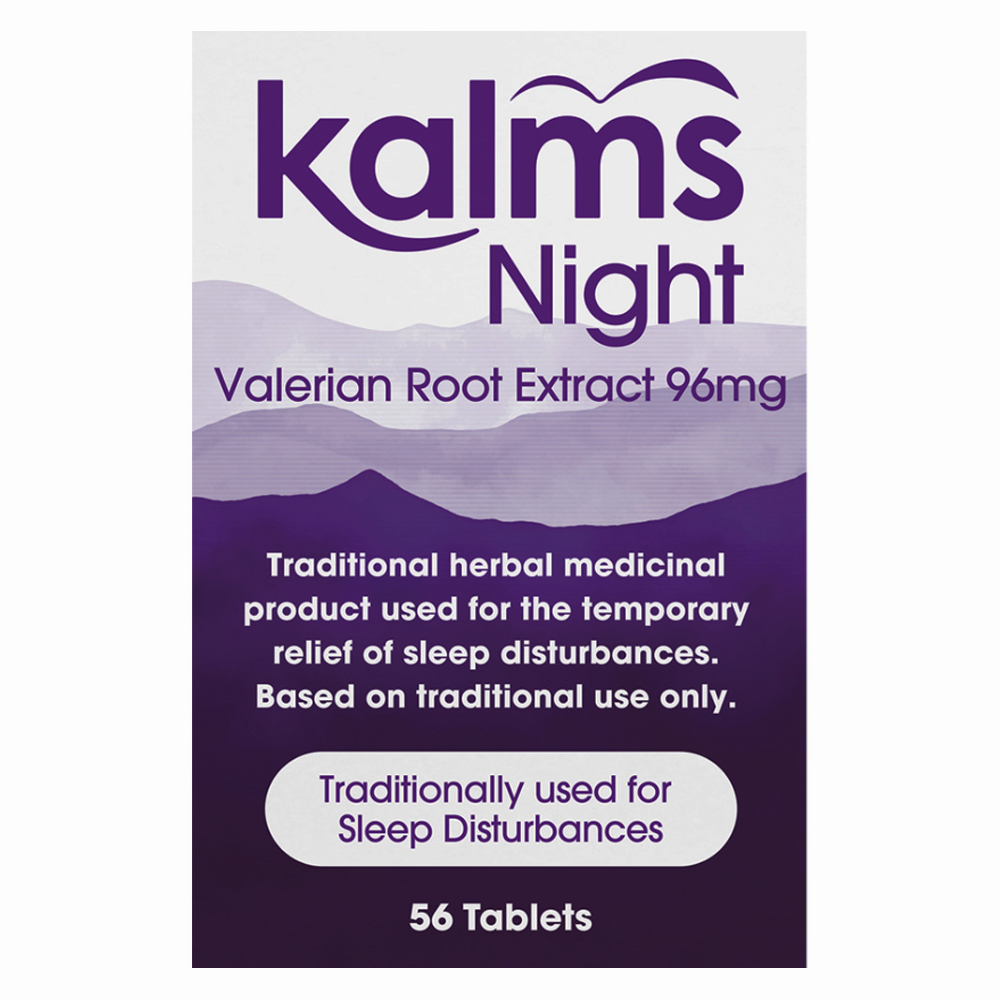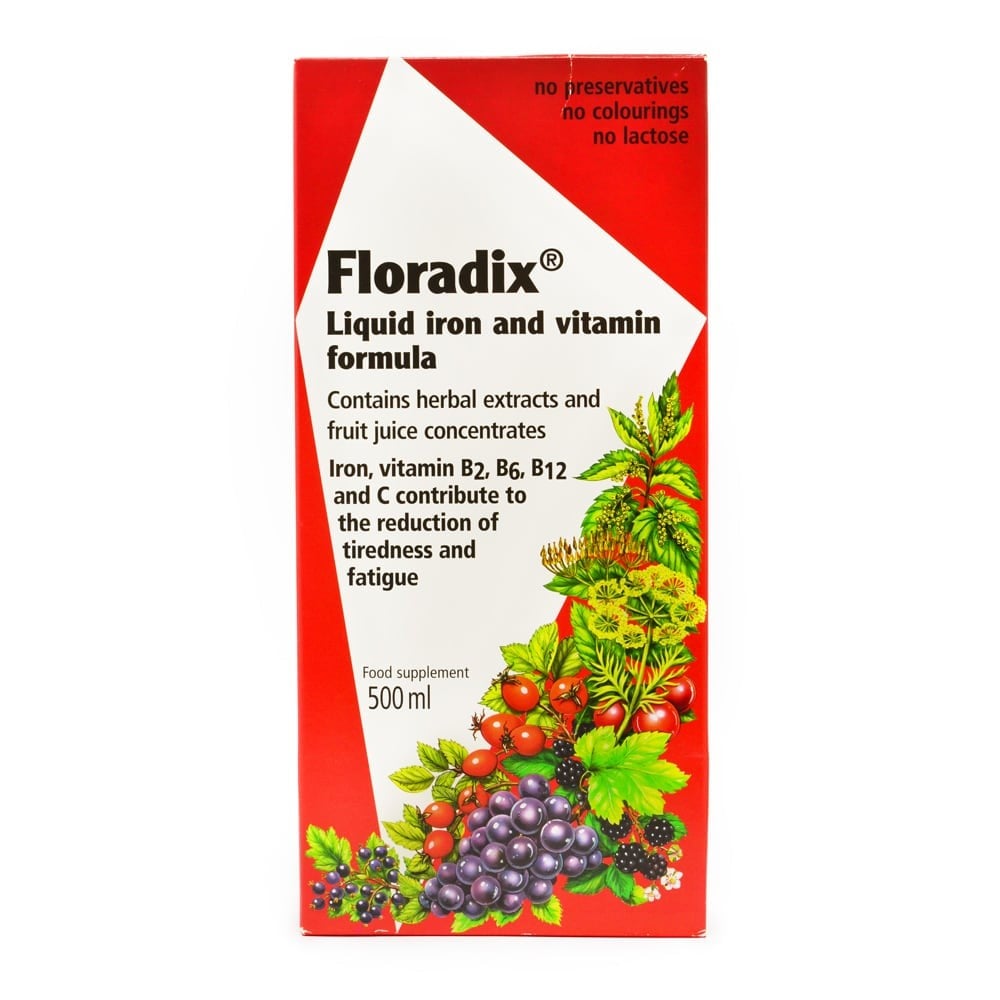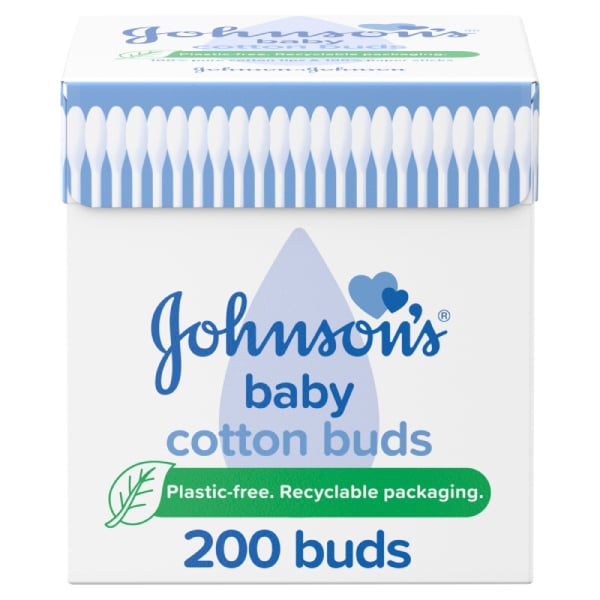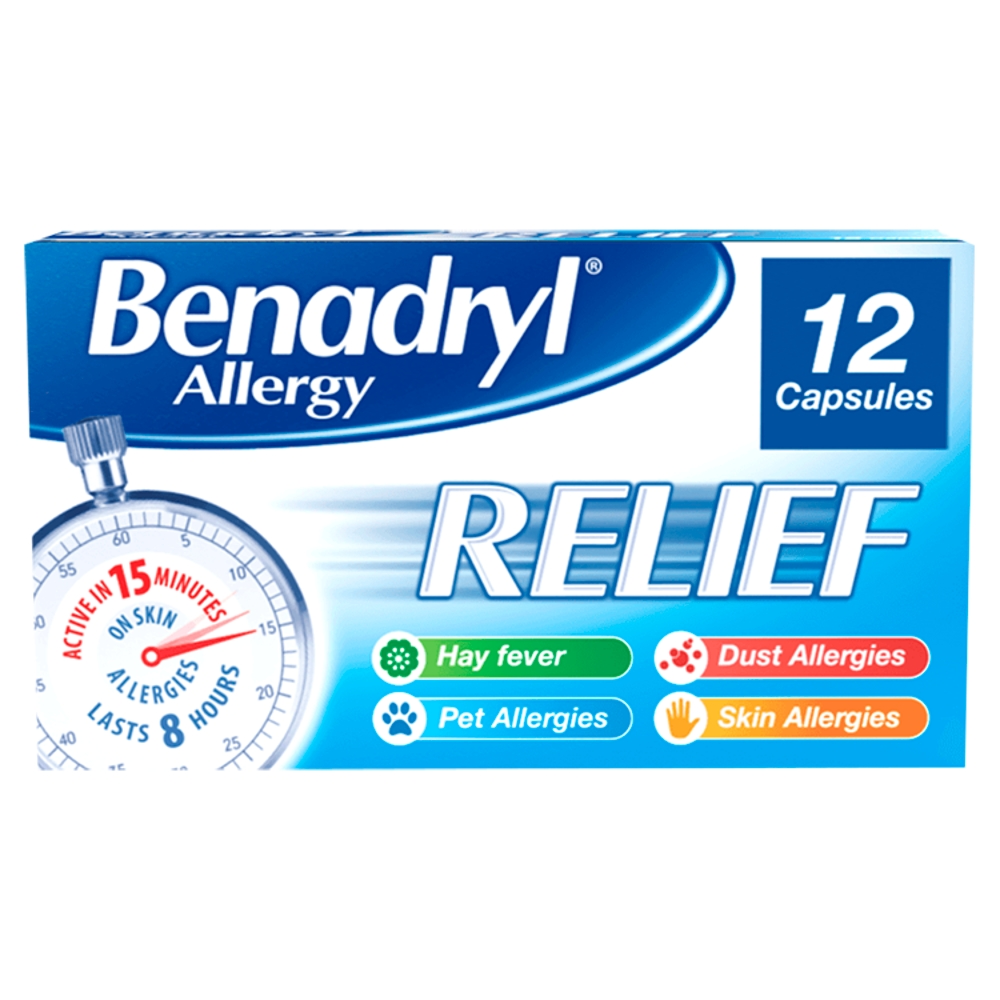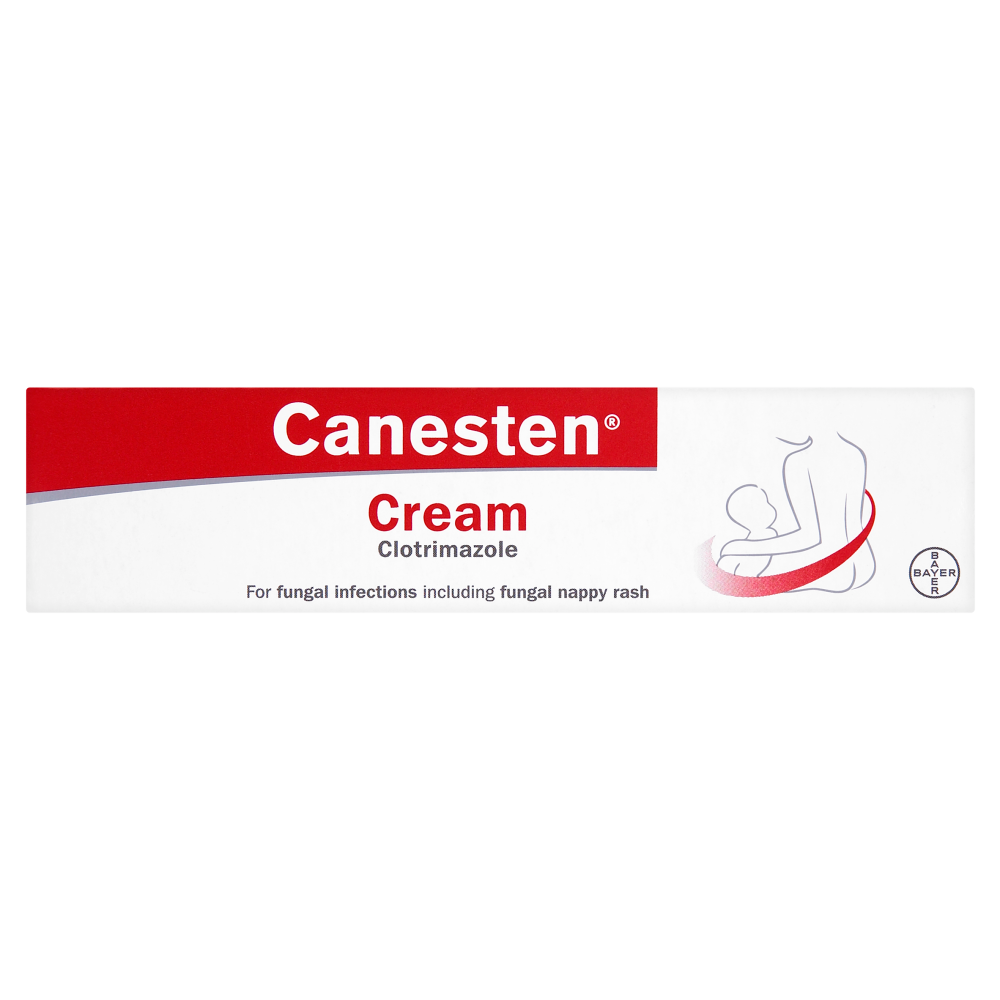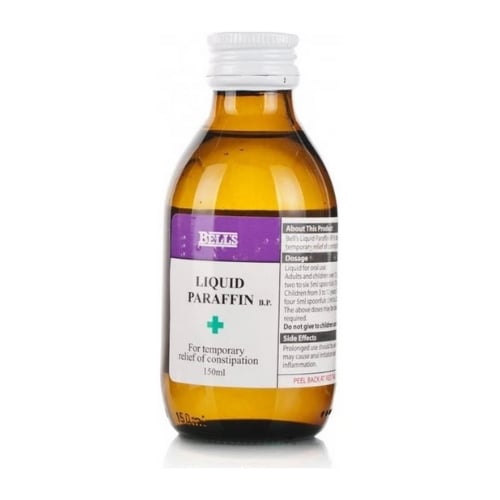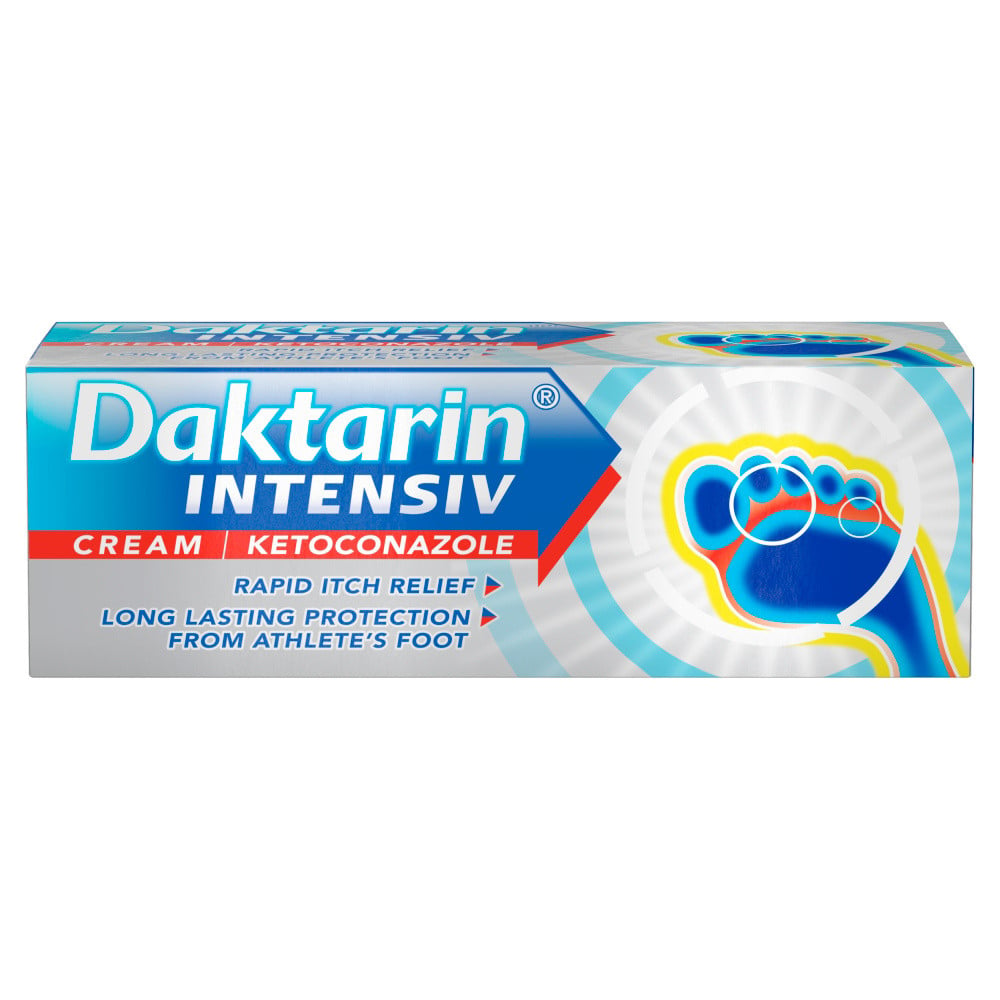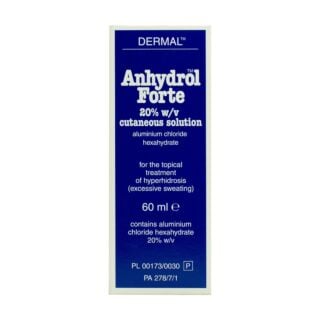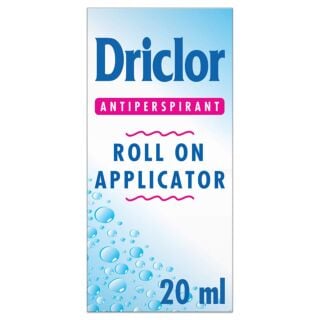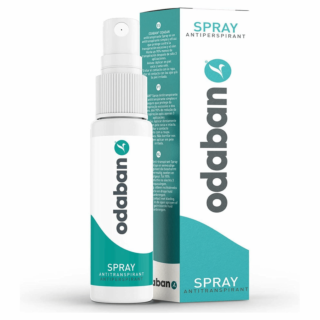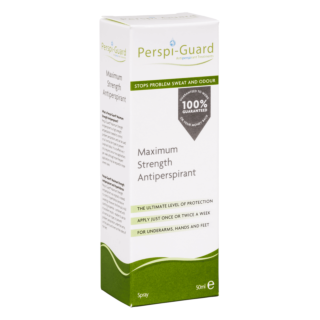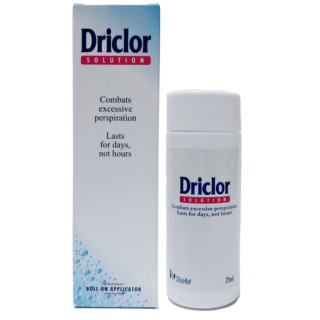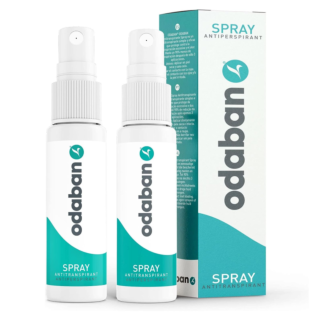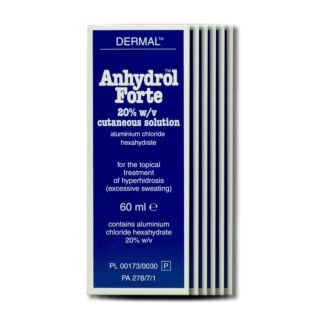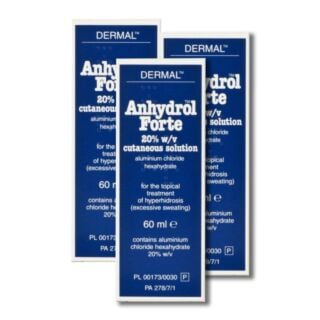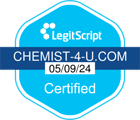Excessive Sweating (Hyperhidrosis)

Free delivery when you spend over £30

100% discreet delivery for every item ordered

Fully regulated UK pharmacy
What is hyperhidrosis?
Hyperhidrosis is a common condition characterised by excessive sweating. If you have hyperhidrosis, sweating can occur all over your body or only in certain areas like like your underarms or feet. Sweating is a normal bodily process when you’re hot or exercising, but if you’re sweating for no obvious reason, you may have hyperhidrosis and would potentially benefit from a stronger over-the-counter antiperspirant.
How do you treat hyperhidrosis?
One of the most effective ways to treat hyperhidrosis is with stronger antiperspirants that you can buy over-the-counter. You can also try wearing loose-fitting clothing made from breathable fabrics, socks that absorb moisture and leather shoes. If your hyperhidrosis is severe and over-the-counter antiperspirants don’t ease the problem, you should see your GP or dermatologist for further treatment options, including tablets that reduce sweating or botox injections.



